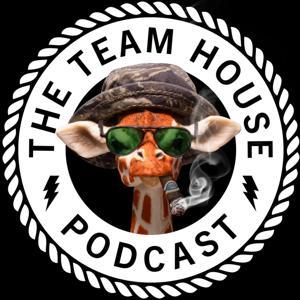🎥 Episode 128 In Episode 128, retired Federal Air Marshal Jeremy Beard reveals untold stories from his career in law enforcement, starting as a local cop in Idaho, serving in the Border Patrol in Laredo, Texas, and joining the Air Marshals post-9/11. Discover intense firearms quals, Viper team ops, active shooter training at FLETC, and insights on airport chaos, pet peeves on flights, and transitioning to POST academy coordinator. Jeremy shares hilarious anecdotes, like phone jammers and reclining seat hacks, plus the realities of federal LE life, mental health, and family impact.
Perfect for fans of military veterans, border patrol experiences, air marshal training, and first responder stories. Don't miss this raw, entertaining interview—subscribe for more law enforcement podcasts!
Welcome to our Channel Reasons We Serve, a podcast dedicated to exploring the motivations, challenges, and realities of working in law enforcement. We dive deep into the personal stories of officers, discuss different career paths, and break down the roles of various agencies—from local police departments to state and federal law enforcement.
👍 Like, Subscribe, and leve a 5-star review if you like the content. To watch more interviews with retired and active duty cops and law enforcement, watch here: https://www.youtube.com/@reasonsweserve




































